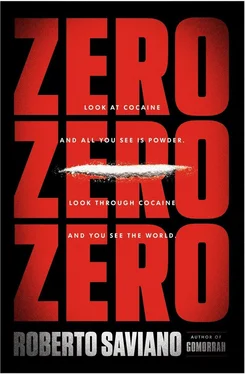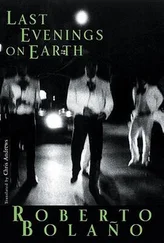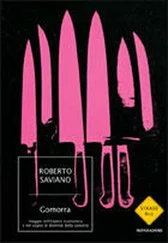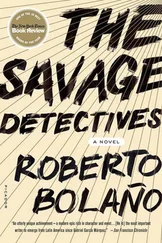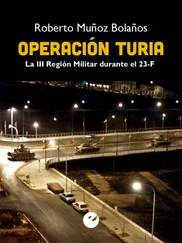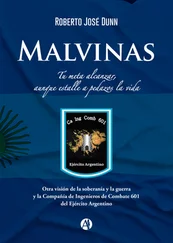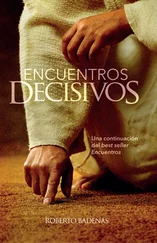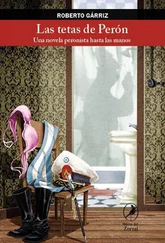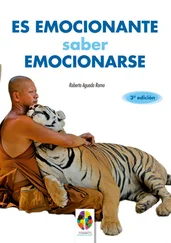Today that dog serves in the canine unit of the Naples police: that is where the family friend to whom he was entrusted works. Pocho, like the soccer player Lavezzi, is the terror of the Scampia and Secondigliano pushers, the “top dog” in the canine unit charged with fighting the Camorra. In contrast to his colleagues, little Pocho can worm his way into the narrowest passageways and slip through the tiniest openings. Innate talent and body type have made him a precious resource, but first he had to go through rigorous training. Play, lots of playing. Because for drug-sniffing dogs, finding a packet of cocaine jammed in a crack in a wall is a game. Great fun. They start with a tennis ball or a rolled-up towel. They play tug-of-war. This is the “attachment stage,” in which the dog bonds with objects and its handler. The phase in which an inseparable human-dog couple is formed. During the second phase small quantities of a drug, or a laboratory-created substance that reproduces the odor of a drug, are added to the toy object. This is where an association between toy and drug, between prize and reward, is created. At that point it’s time to turn the game into work. Essential work, thus full of gratification. But also full of danger.
Without Mike, that spent eight years with the canine unit of the Volpiano Carabinieri in Turin province, the more than a kilo of cocaine buried under a lamppost would never have been discovered. Without Labin, the Florence Finance Guard’s splendid female German shepherd which while sniffing car seats did not let herself be fooled by a false bottom spread with tar, another 12 kilos would have gone undetected. Ragal — same breed, same profession, Labin’s colleague at the port of Civitavecchia — started barking furiously at a car that had just come off a ferry from Barcelona, shattering the Neapolitan driver’s presumption that sniffer dogs would not be able to detect his 11 kilos of pure cocaine under the smells of mustard, coffee, and diesel oil. Ciro pointed right at a trailer truck from the Costa del Sol, drawing the curses and clenched teeth of the driver from Castel Volturno. Ufa, who patrols Fiumicino airport, jumped onto a garment bag on the baggage carousel in which were found 2.5 kilos of cocaine. Nearly eight hundred people arrested had failed to reckon with Eola, a veteran awarded for her twelve years of service and more than 100 kilos of cocaine seized.
Agata’s existence was much more trying. She was young when she started working at the Leticia cargo airport in the Amazon jungle in Colombia, an important junction for cocaine from Brazil and Peru on its way to the United States. The narcos, tired of seeing cargo planes stopped by that docile-looking Labrador with golden fur, put a price on her head: ten thousand dollars. From that moment until she retired Agata was under twenty-four-hour protection and could no longer accept tasty morsels from strangers. Boss, a chocolate Lab in Rio de Janeiro, has met the same fate. Nine police officers take turns watching over him ever since the order to eliminate him was intercepted, that “little chocolate” who can’t be tricked by fake walls or the sewer stench of the favelas . When detection dogs dig excitedly, bark, scratch, or paw at an object, it’s their way of saying that the drug is right here. It’s the signal that they’ve won the game and are ready to start playing all over again. But for others, there is no game. There’s only the humiliation of being flesh and blood. Like Pay de Limón — Lemon Cake — who, along with dozens of other dogs like him, was mutilated and dismembered by Mexican narcos. It’s useful to practice on one of them before cutting off the finger of an extortion victim.
Labs, German shepherds, Belgian shepherds, but often even abandoned mutts like Kristal, who risked meeting the unhappy end of a stray but is now one of the most formidable sniffer sleuths in Grosseto. The history of sharp-nosed dogs goes back much further than their specialization in detecting white powder, though. Almost a century of successes in Italy, including that of August 16, 1924, when a stench drew Carabinieri sergeant Ovidio Caratelli’s dog into the Macchia della Quartarella woods: There was the body of Giacomo Matteotti, an Italian socialist antifascist politician kidnapped two months earlier by Mussolini’s black shirts.
Yet their noses and animal instincts also come in handy for those who, like the Camorra, are on the other side. The Scampia clans kept three German shepherds and a Rottweiler in a condominium courtyard in the Case Celesti neighborhood. Accustomed to the brutality of rusty cages, raised amid broken glass and food scraps, their job was to alert their drug-pusher owners when the cops were coming. Animals in the service of criminal organizations aren’t merely faithful watchdogs, though. They are also used as mules, unsuspected couriers, transporting huge amounts of drugs from one continent to the other. Females are ideal: It’s hard to say whether that bulge is due to a pregnancy or pellets. Frispa, a black Lab, and Rex, a yellow Lab, were unloaded in Amsterdam from a cargo plane coming from Colombia in 2003. One of the dogs was very agitated and aggressive, the other weak and apathetic. The authorities grew suspicious and had them checked out. They found scars on the dogs’ bellies, and X-rays confirmed their suspicions. Eleven packets of cocaine as long as sausages in Rex’s stomach, ten in Frispa’s. Frispa, the black Lab, had to be put down, because some of the linings had broken, whereas Rex, after another operation and a long convalescence, was saved. One for the many — far too many — sacrifices of man’s best friend.
In the summer of 2012 a man went for a walk in a pretty countryside near Livorno. He suddenly noticed a strong stench that led him to make a macabre discovery: a dismembered, disemboweled Labrador lying in the middle of the field. The man, who thought it must have been the work of a sadist or a group of satanists, called the police. But not even a week went by before the stench of fresh death returned: This time the dog, a cross between a Dogue de Bordeaux and a pit bull, had his snout taped shut and a plastic bag sticking out of his cut-open stomach. It’s not a coincidence, it’s not black magic, merely the tragic end that the white powder commonly deals its involuntary four-legged couriers. It’s too hard to make them expel the packets naturally; much easier just to gut them and recover the stuff. Dogs are both victims and soldiers in a global ordeal that for them is still what it has always been: a test of loyalty passed off as a game.
What does one risk by reading? A lot. It’s a dangerous thing to open a book and leaf through the pages. Once you’ve opened a work by Émile Zola or Varlam Šalamov, there’s no turning back. I truly believe this. But often the reader is unaware of the risk involved in coming to know these stories; he doesn’t realize the impact they’ll have. If I could truly quantify the damage that knowing eyes, the damage that people who want to understand, can inflict on the powerful, I’d try to diagram it. For the mafiosi the risk of being arrested, put on trial, and sent to prison is nothing compared to the danger that comes from people knowing the truth, understanding how things actually work — the facts.
If you choose to talk about criminal power, if you choose to stare its secrets in the face, to keep your eyes on the road and on the money, well then, there are two ways to go about it: a right way and a wrong way. Christian Poveda knew them both. He knew the differences — and above all the consequences — of each way. He knew that if you decide to be the extension of your work — a pen, a computer, a lens — then you don’t run any risks: You will finish your assignment and come home with the loot. But Christian knew something else as well: If you decide that the extension of your work — a pen, a computer, a lens — is a means rather than the end, then everything changes. Suddenly what you’re looking for — and what you find — is no longer a dark dead end but a door that opens onto other rooms, that leads to more doors.
Читать дальше
